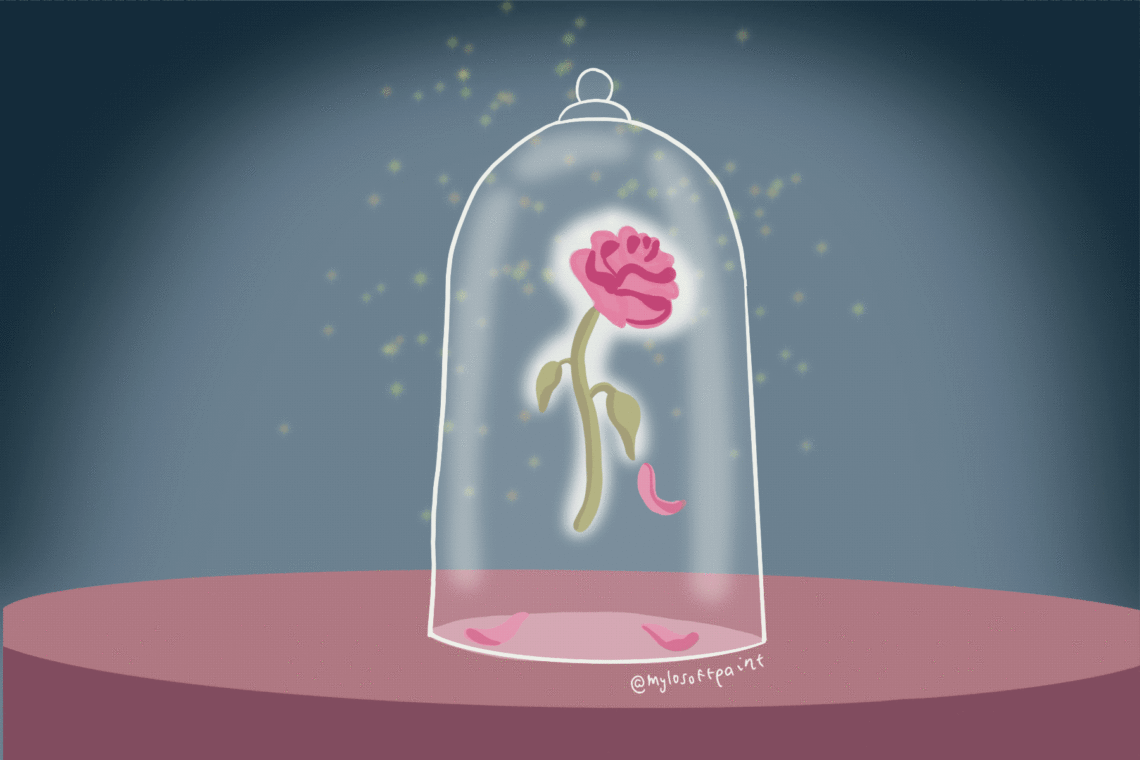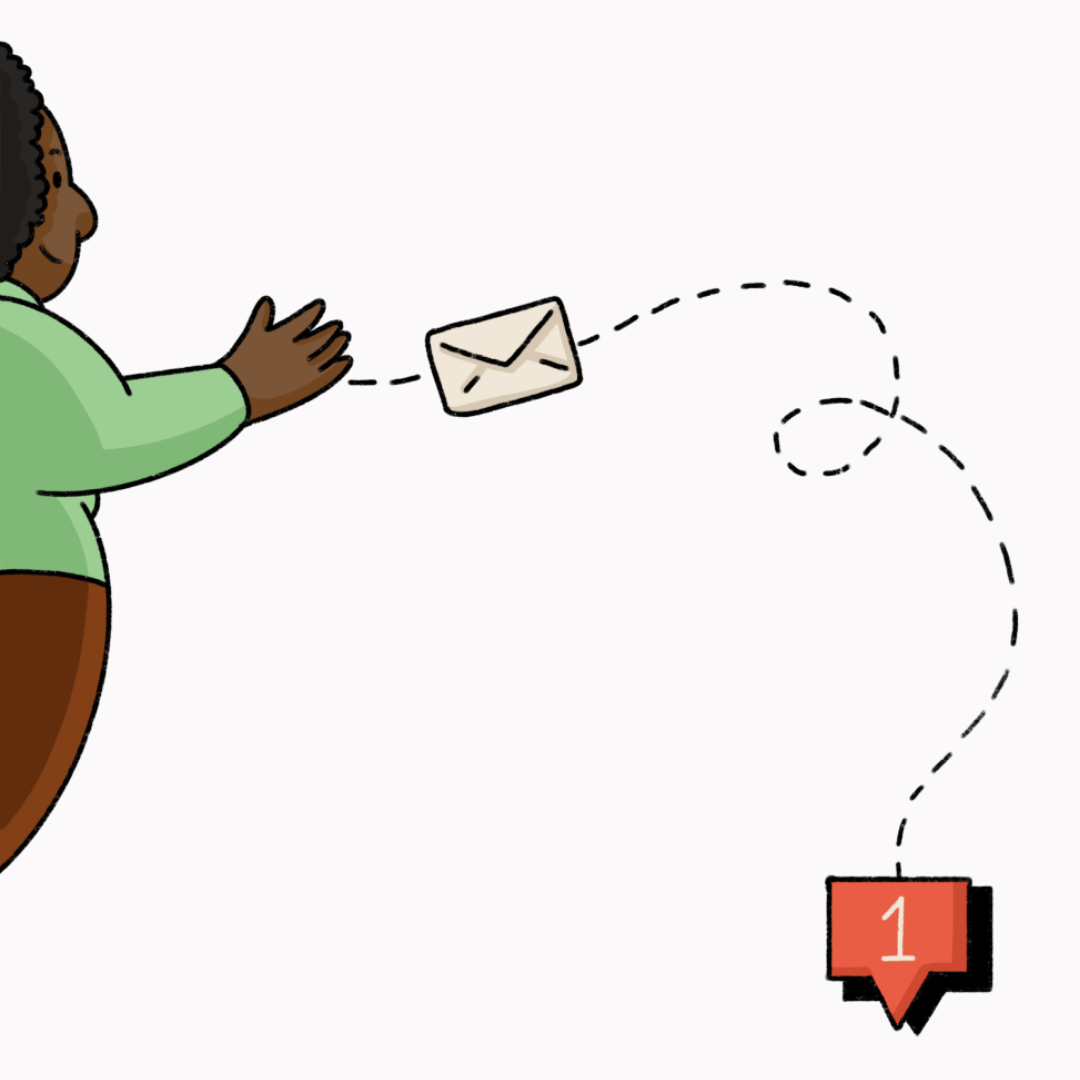Written by: Émilie (she/her).
Edited by: Camille Zeitouni (she/her).
Disclaimer: In this article, the author uses the term women to self-identify and as a way to describe people with vaginas. We wish to acknowledge that not all folks who have dyspareunia or painful sex identify as a woman.
My writing is fuelled by frustration.
I have Dyspareunia, a term to describe painful sex. I am one of countless women who suffer from this. It’s an umbrella term which encompasses various types of this dysfunction, and a clinical term that offers no hope or understanding for the many women tethered to this affliction. Finding statistics to illustrate how many women are impacted is difficult, however the World Health Organization reports a global prevalence of painful intercourse ranging between 8% and 21.1% (1).
Why are women learning to live with painful intercourse or abstaining to prevent pain? From personal experience, I believe the answer stems from the lack of doctor expertise and education regarding the topic acting synergistically with the taboo of sex and pleasure for women in society. As a gynecologist once told me, I am one of many women who has this, and therefore it is normal and there is nothing wrong with me. How is it acceptable that millions of women suffer in silence? If you are one of these women or are a health practitioner on the crusade for better sexual health knowledge, I hope that disclosing my experience provides a glimpse on the topic.
This all started four years ago…
This all started four years ago. I was in Arizona driving to the Grand Canyon, sitting in the back seat with one of my best friends and her family. I sat up straight and felt a piercing pain through my genitals. It felt as if someone had tied a fishing line to my clitoris and tugged. I was so scared. I tried not to show it because it was unexplainable and honestly, terrifying. I sat there and tried not to move. Hoping it wouldn’t happen again. A few minutes passed. I relaxed, sinking into my sit bones – sharp pain again in the most sensitive part of my body.
Fast forward four years – no medical professional has been able to explain what happened to me that day, and the pain I have been living with ever since. Looking for answers, I tried everything including seeing an energy healer. Hearing about my experience in Arizona, she tells me that was the moment an evil spirit latched onto my soul… hard to feel comfortable after that. The rest of my trip was fine. I did not think of this much after. It felt unsolved but unproblematic, for a while.
Since then, it’s been an odyssey of trying to get answers; searching for a proper diagnosis, some help and understanding, and the unrealized goal — a treatment. The unfortunate circumstance of this condition is that sometimes it is dormant, then it comes roaring back. This is the reality of living with undiagnosed pain.
When I try to get help, my experience is consistently frustrating. A few weeks ago, out of desperation I called a walk-in clinic and set-up a telephone appointment. I was trying to explain what kind of test I needed and why. The practitioner kept cutting me off and asking for my symptoms. I told him but in the end he was dismissive and suggested that I get a referral from my family doctor to a specialist. Despite explaining that I have tried and there are no specialists in the city taking new patients due to COVID-19, he disagreed with my self-assessment and refused to see me for further testing. This is discouraging, especially given that this is not the first time I have been dismissed due to the circuitous steps in trying to find treatment.
This is the reality of living with undiagnosed pain.
Let me break down my symptoms the way I have countless times to family practitioners, gynaecologist, pelvic therapists, an energy healer and a sex therapist (as well as any friend or family member that gives me five minutes of their time).
Within an inch of vaginal penetration I feel stinging – burning; I remind myself to breathe. At six inches, I feel the pain again. Going in is less painful than going out. Pulling out feels like a tug and a rip.
When I first experienced painful intercourse, I felt mostly numb inside my vagina, then moments later I would feel a deep pain. I have been told this is my muscles contracting – this can happen involuntarily from persistent pain or muscle spasms. After seeing a pelvic therapist, I now have a much better ability to relax and contract my muscles when needed.
Due to a lack of information, I have had to become my own advocate and find my own answers. While I haven’t been able to find many answers going through the healthcare system, I have found helpful information from Dr. Andrew Goldstein’s book, When Sex Hurts: A Diagnostic Algorithm, various podcasts (3) and Facebook groups, and other sufferers experiences and input (2, 3).
My goal is this — to educate and raise awareness.
Many women suffer alone and in silence. I feel fortunate that for the last two years, I have been in a supportive and committed relationship. I am excited to have sex and want to share this intimate experience with him. But our beautiful love story, for now, does not involve penetrative sex. When I try to let go of my pain, my feelings, I am washed over with the doom and realization that being intimate with my partner ends in tears or confusion.
It has affected my relationship and my self-esteem but we like to see this as a challenge and rather an indication of our strength as a couple. I am also grateful to have fostered a comfortable and strong relationship with many of my family and friends. Although this is something I try to keep private, having loved ones concerned and aware of my uphill battle is a glowing blanket of hope. In addition, I have been very fortunate to have found a handful of dedicated and caring doctors, who unfortunately, are not specialists in this field, but have continued to push me along in the system until I am treated.
One of the worst parts of living with Dyspareunia is the self-blame. I feel I should be doing more. I feel stupid and useless, and at times like this is not real or even that it is my fault. Like many chronic illnesses, finding the root cause is left to the patient and the system fails us again and again. No support and no solutions. So my goal with this personal essay is this — to educate and raise awareness. Research and education start at the university level. I hope there is an interest and a commitment to find solutions, and hope for millions of women impacted around the world.
Resources from the author:
- Dr. Jill Krapf: https://linktr.ee/jillkrapfmd
References:
1. Sorensen J, Bautista KE, Lamvu G, Feranec J. Evaluation and Treatment of Female Sexual Pain: A Clinical Review [Internet]. Cureus. Cureus; 2018 [cited 2021Apr17]. Available from: https://www.ncbi.nlm.nih.gov/pmc/articles/PMC5969816/
2. Goldstein A, Pukall CF, Goldstein I. When sex hurts: a woman’s guide to banishing sexual pain. Cambridge, Mass: Da Capo Lifelong; 2011.
3. Allison Behringer. Sex Hurts. Bodies. KCRW; Jul. 25, 2018



